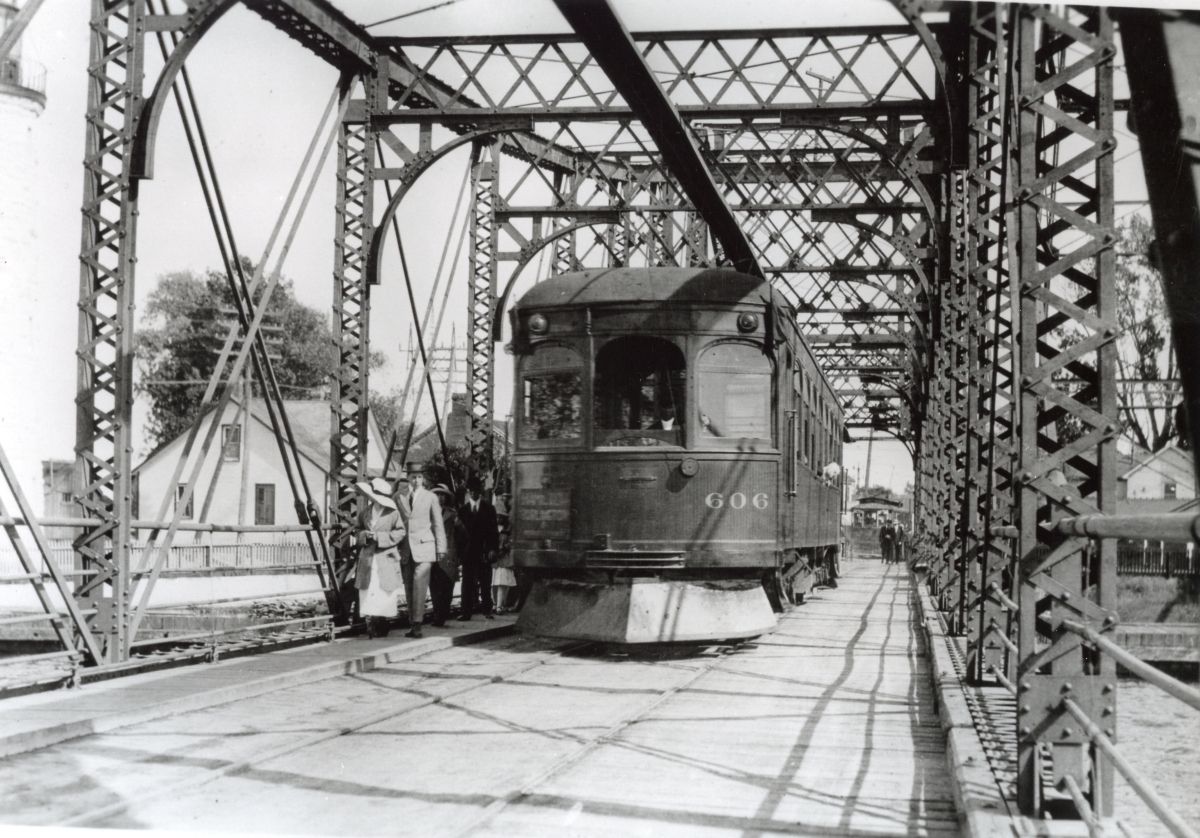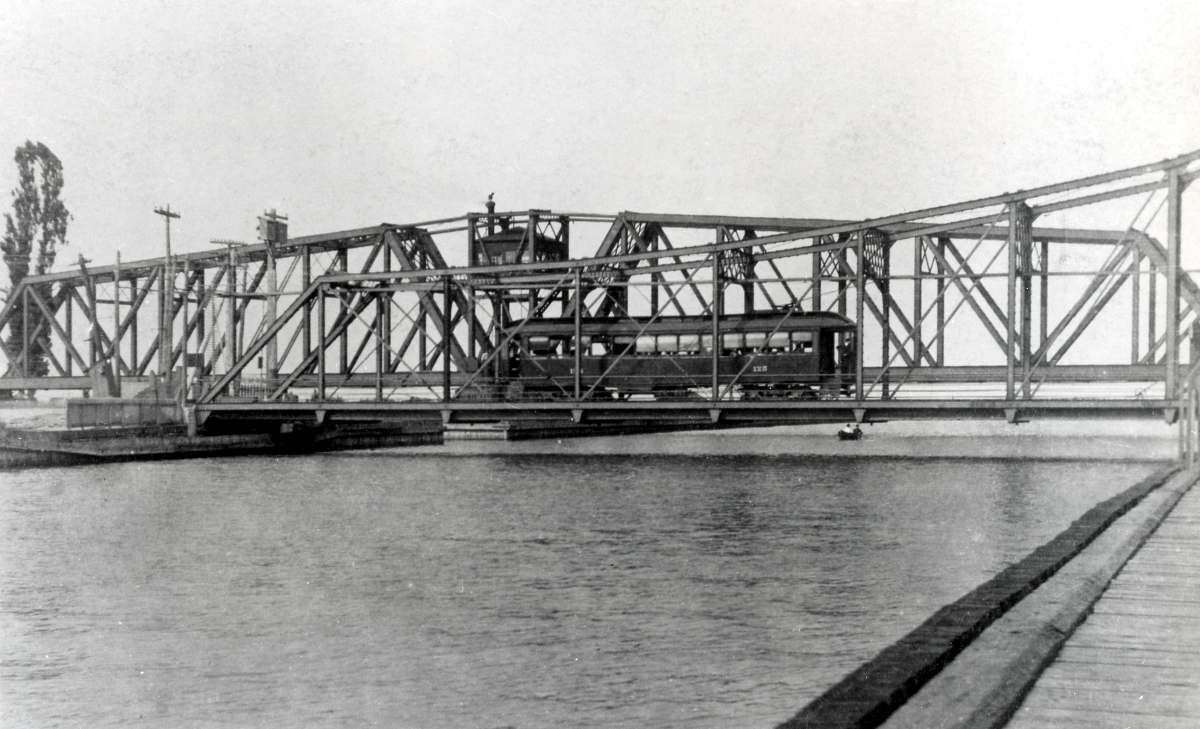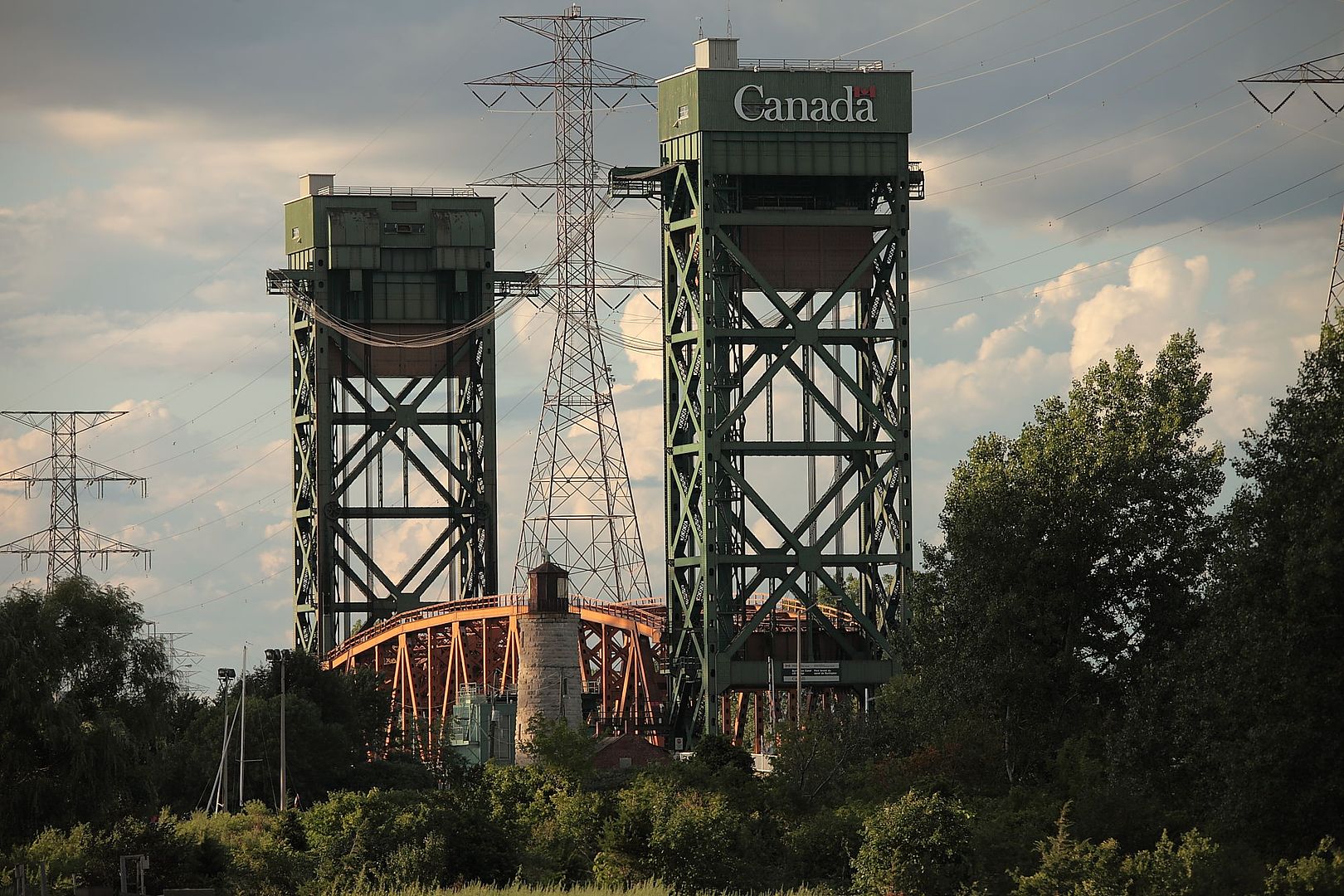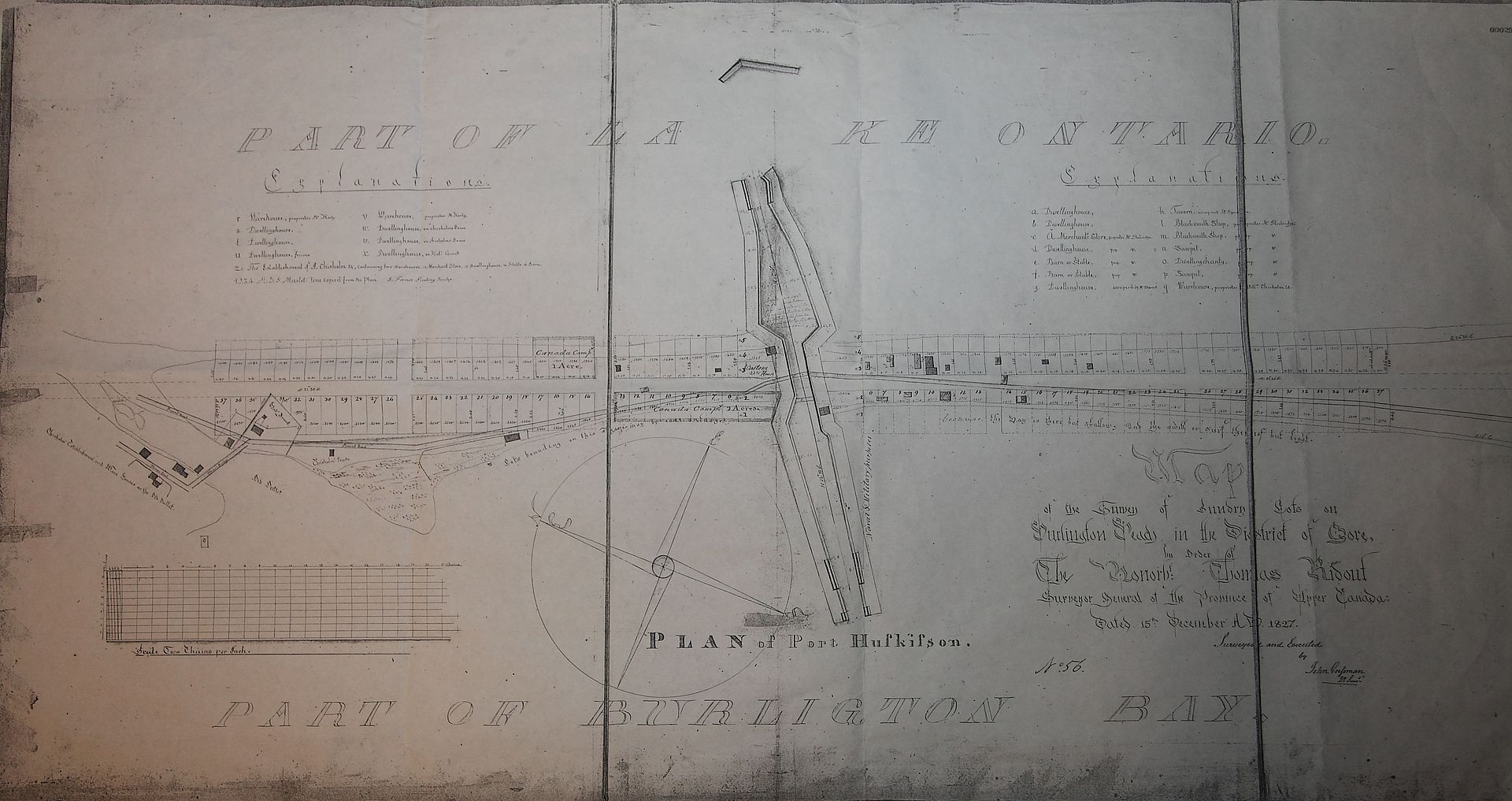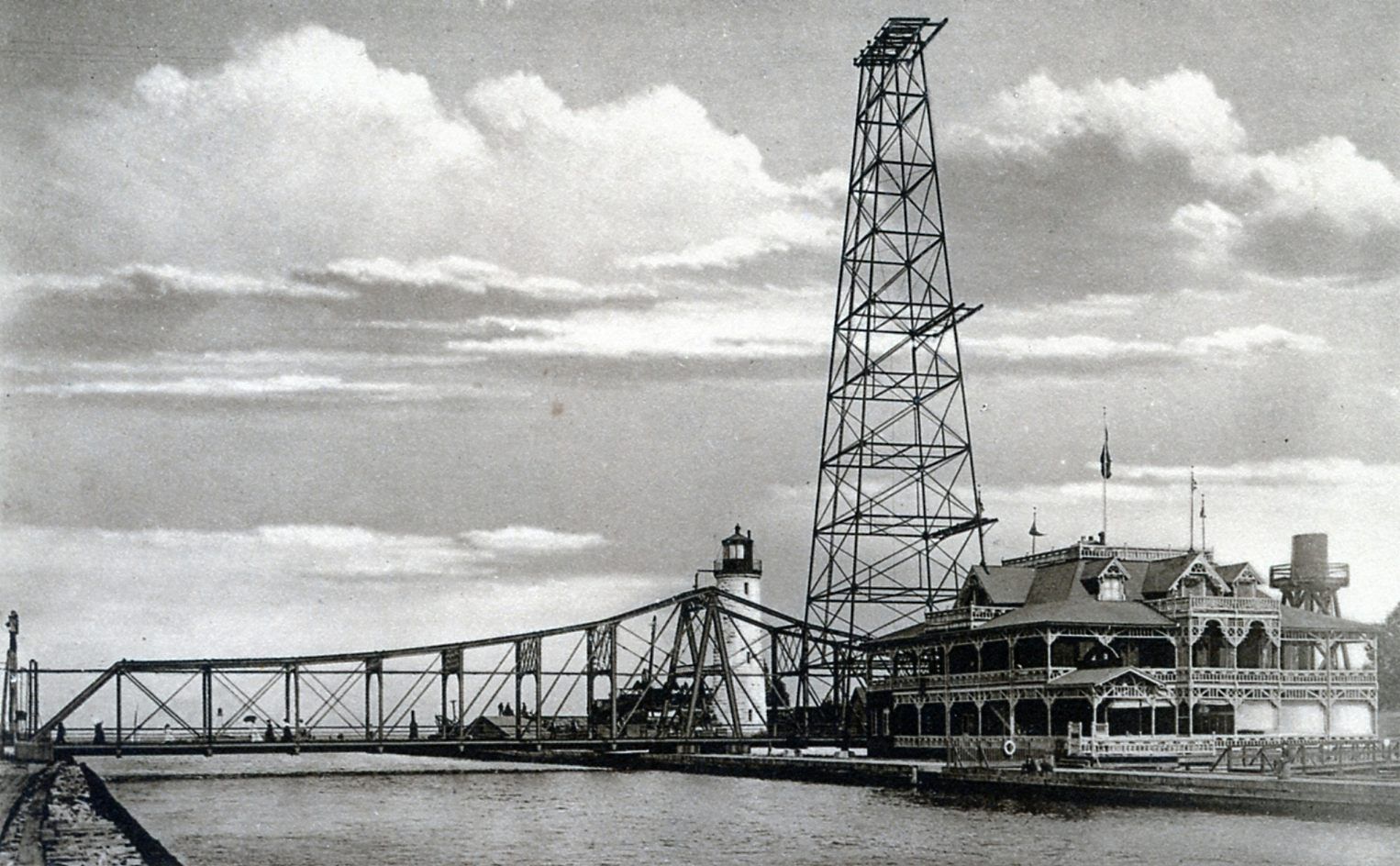Scott
“I don't know if the Federal Government was broken down into branches as it is today, but Transport Canada is responsible for the piers and the canal, not Public Works. I don't know which part of the government paid the Ferryman.”
Scott, if we knew when the canal scow seased operating, we could perhaps find news paper articles for that year, which might indicate which level of government had been paying the ferryman. And with that information, we might be able to dig up old records regarding the canal ferry.
My guess is, that the ferry seased operating when the Hamilton and North Western Railroad’s (H&NW) first swing bridge began operating in 1878.
________________________________________
“I don't know if the Federal Government was broken down into branches as it is today, but Transport Canada is responsible for the piers and the canal, not Public Works. I don't know which part of the government paid the Ferryman.”
Scott, if we knew when the canal scow seased operating, we could perhaps find news paper articles for that year, which might indicate which level of government had been paying the ferryman. And with that information, we might be able to dig up old records regarding the canal ferry.
My guess is, that the ferry seased operating when the Hamilton and North Western Railroad’s (H&NW) first swing bridge began operating in 1878.
________________________________________

